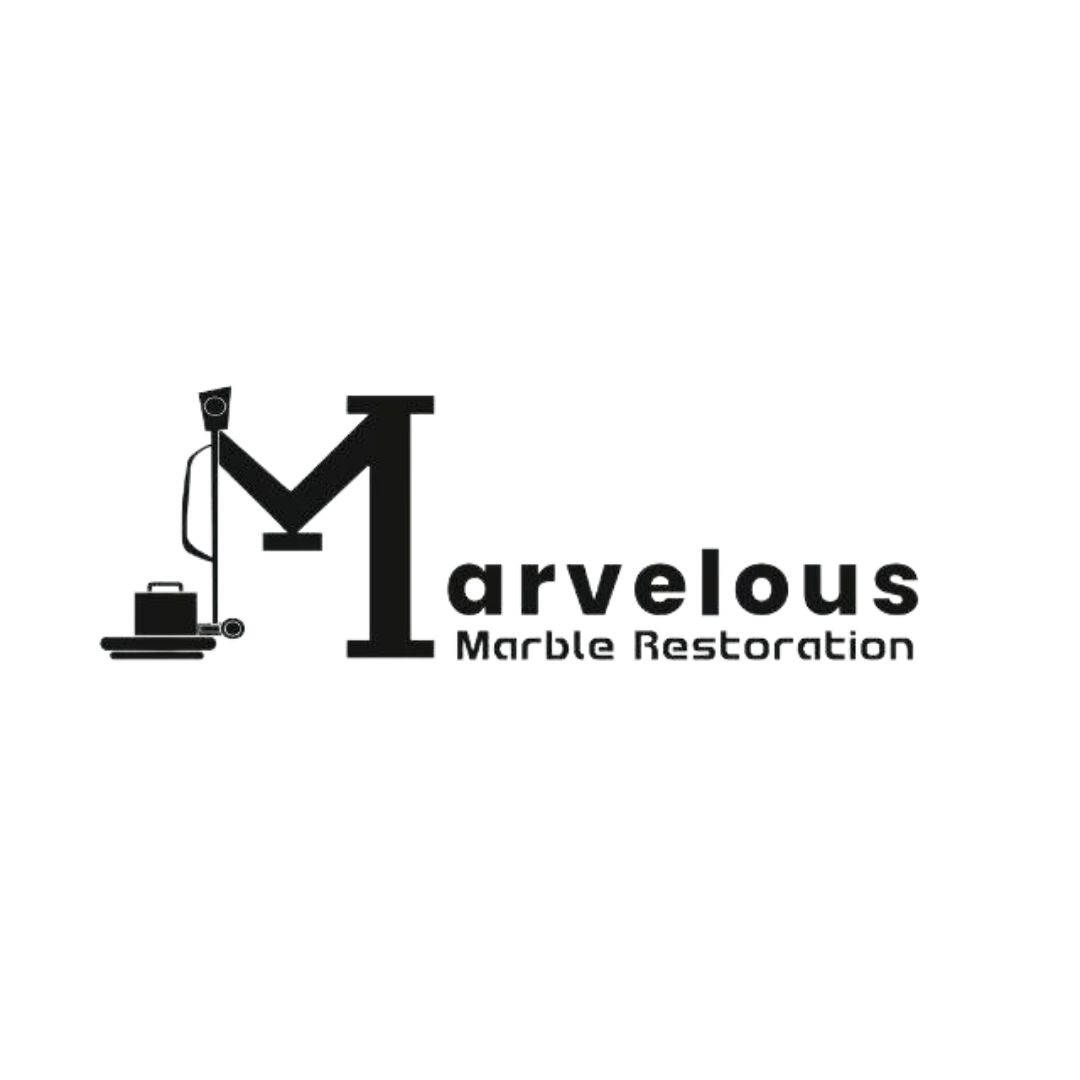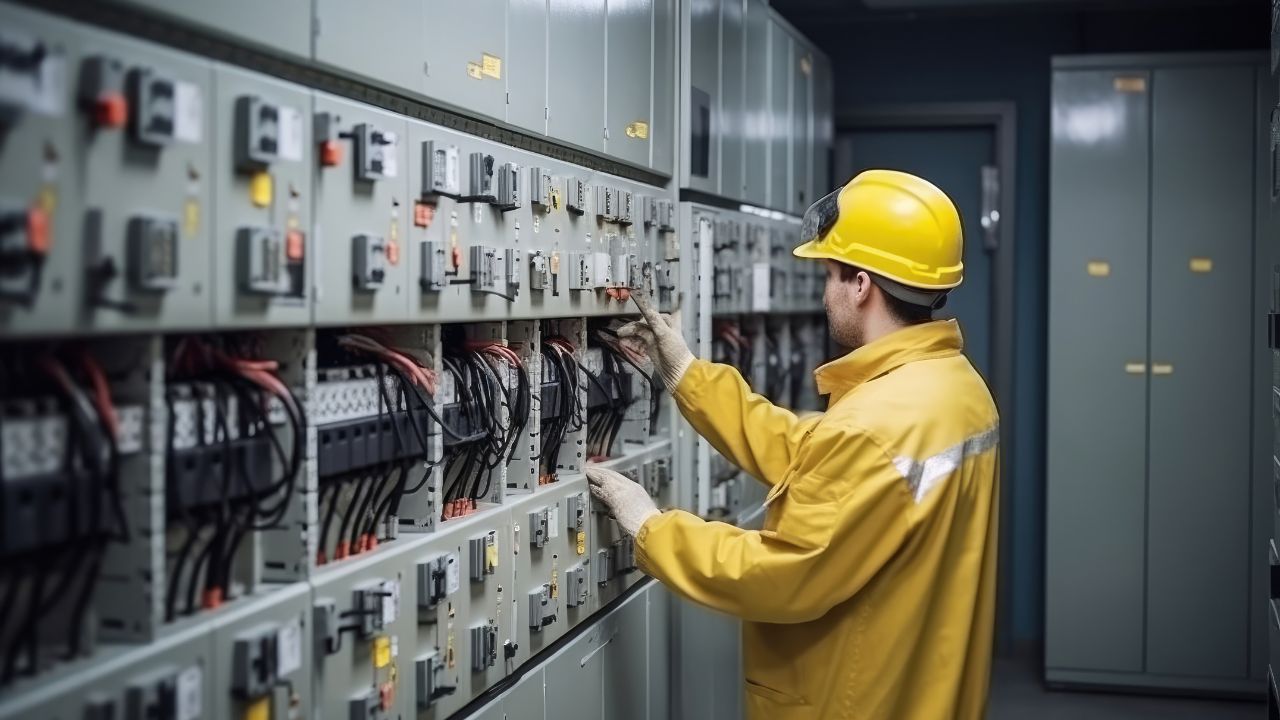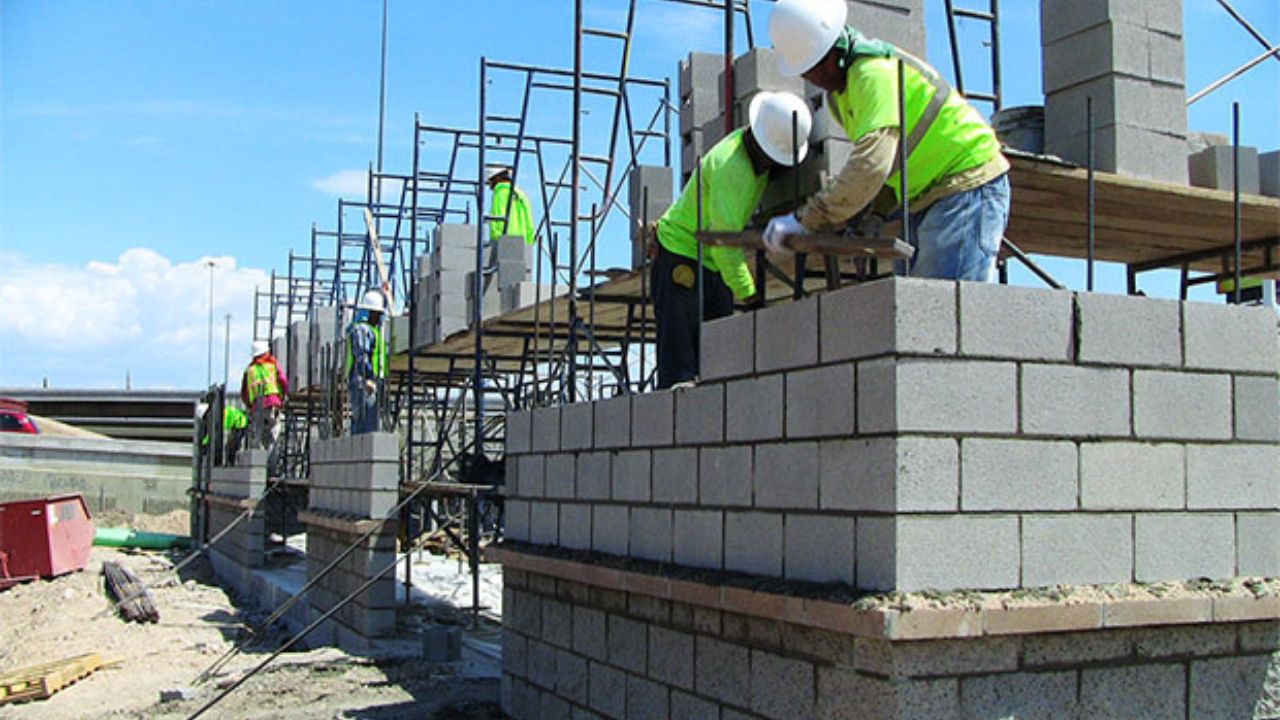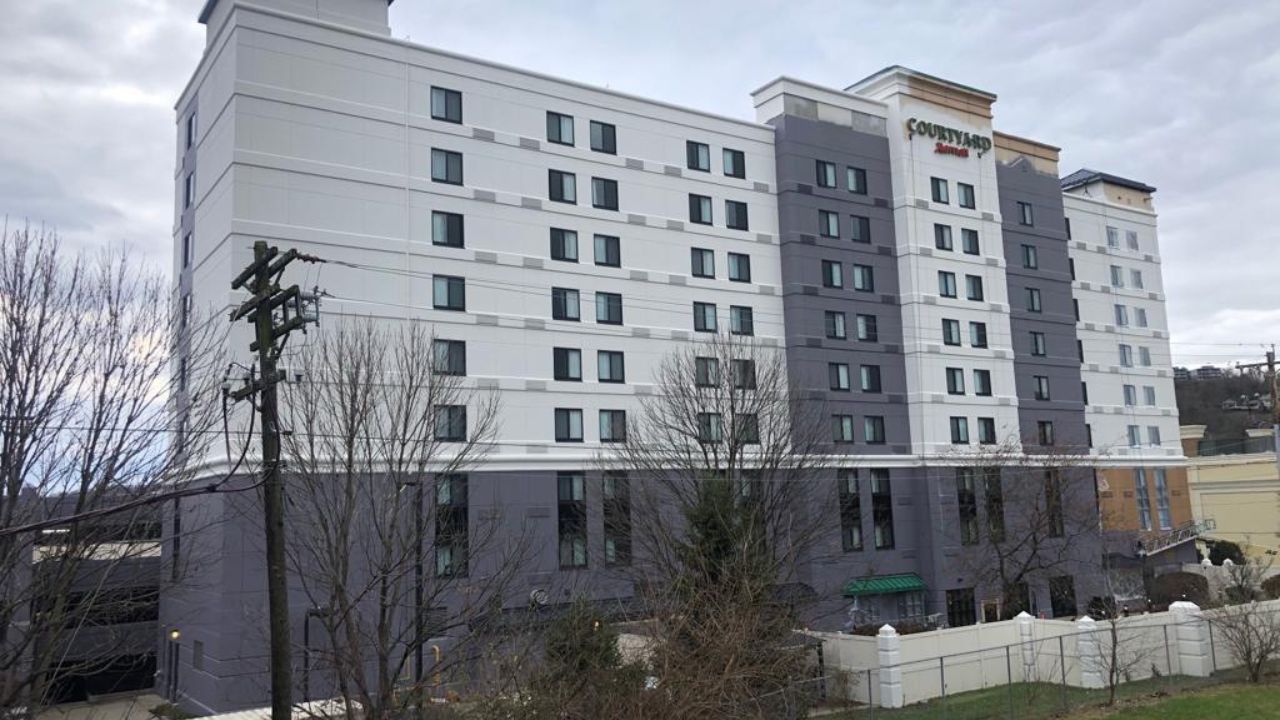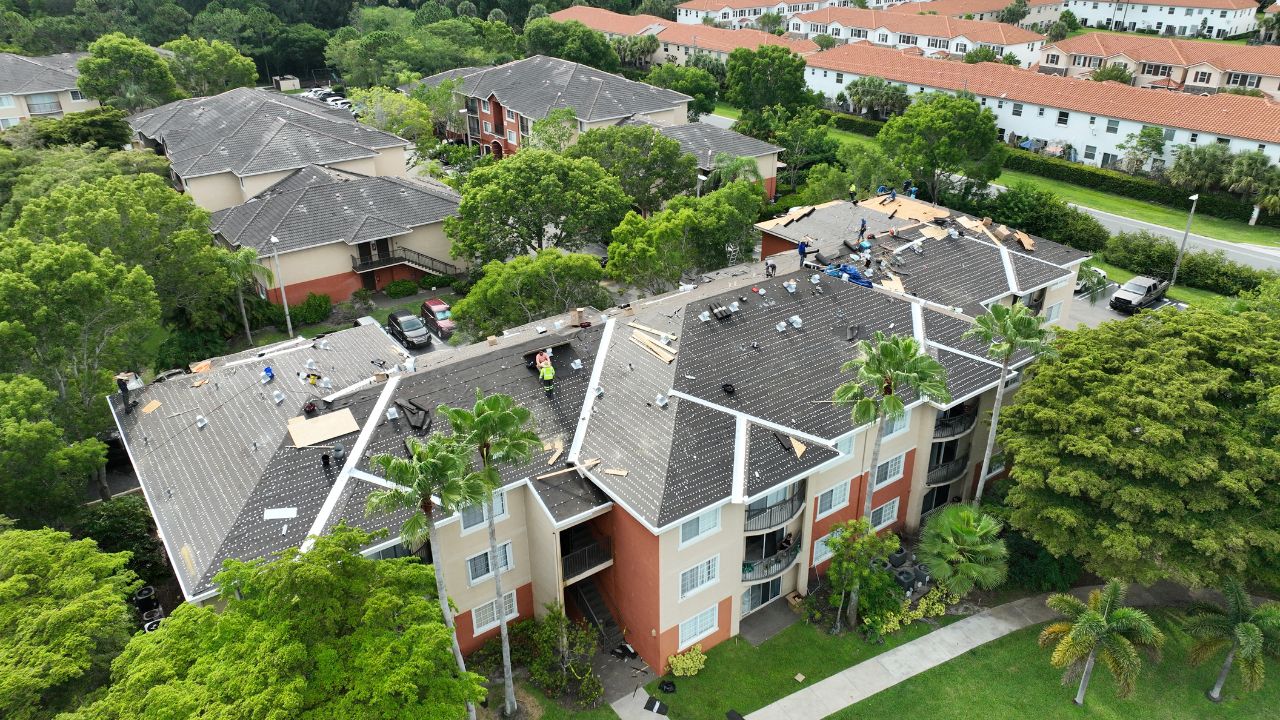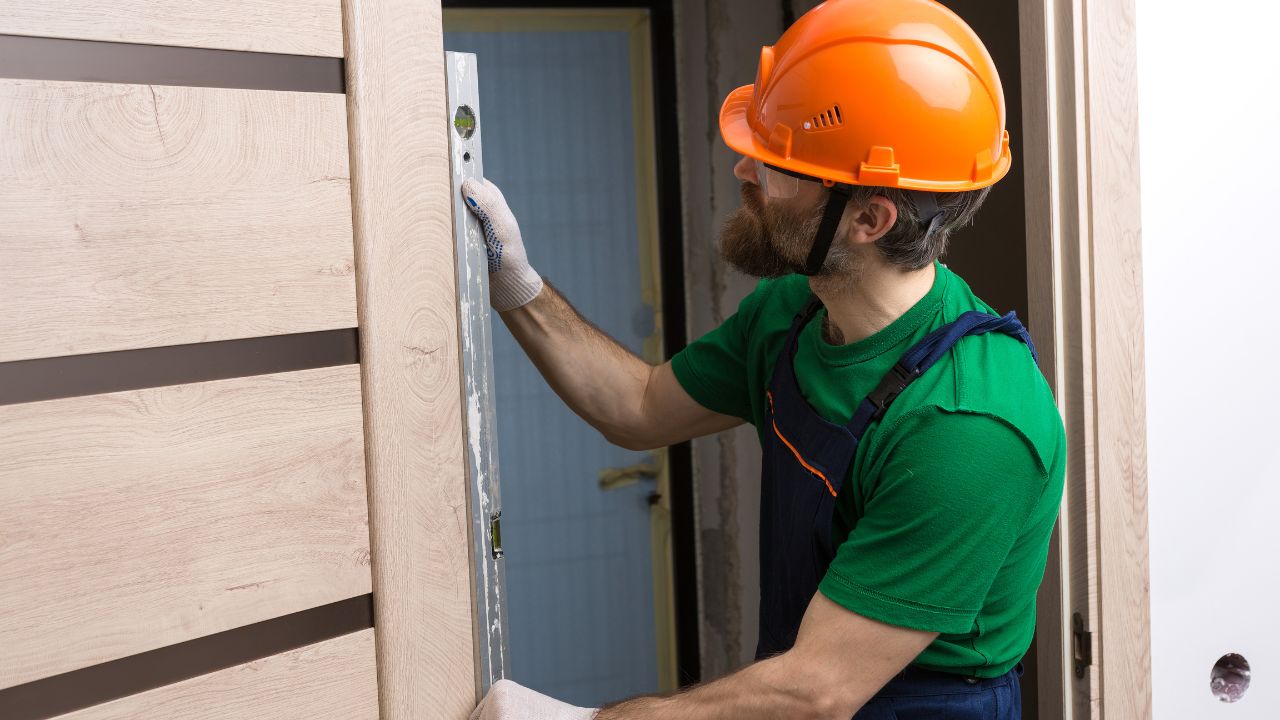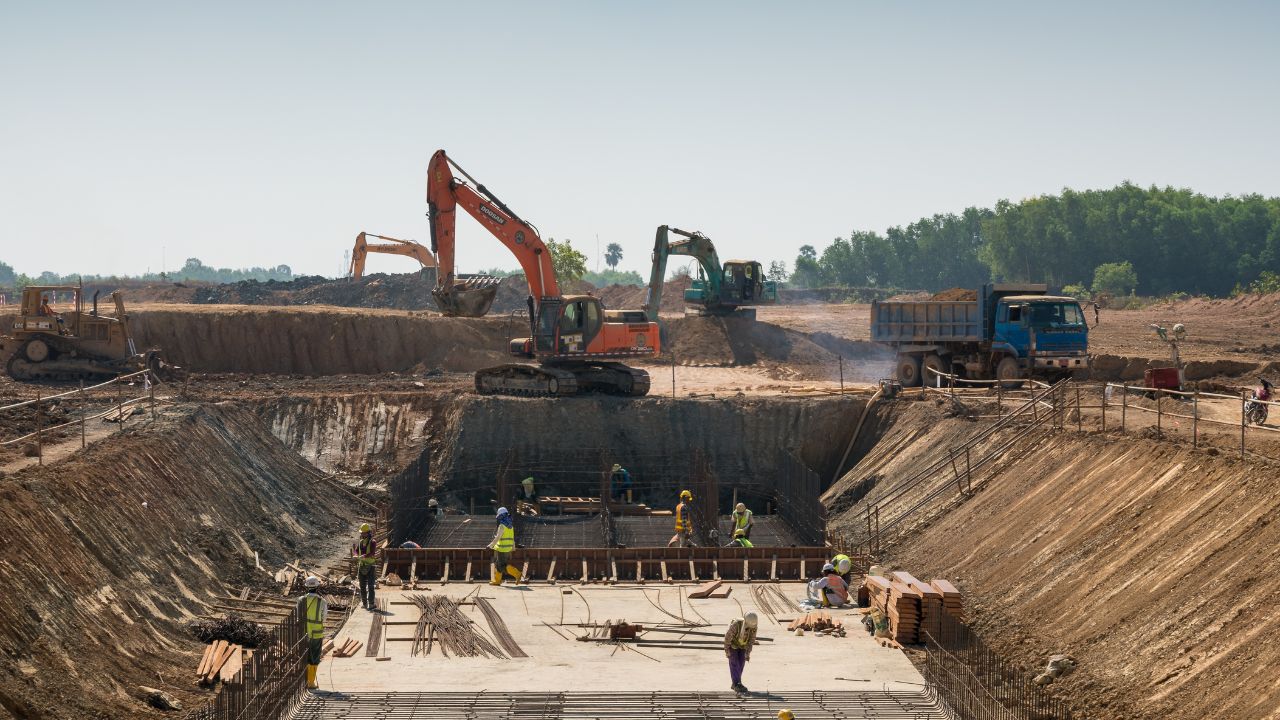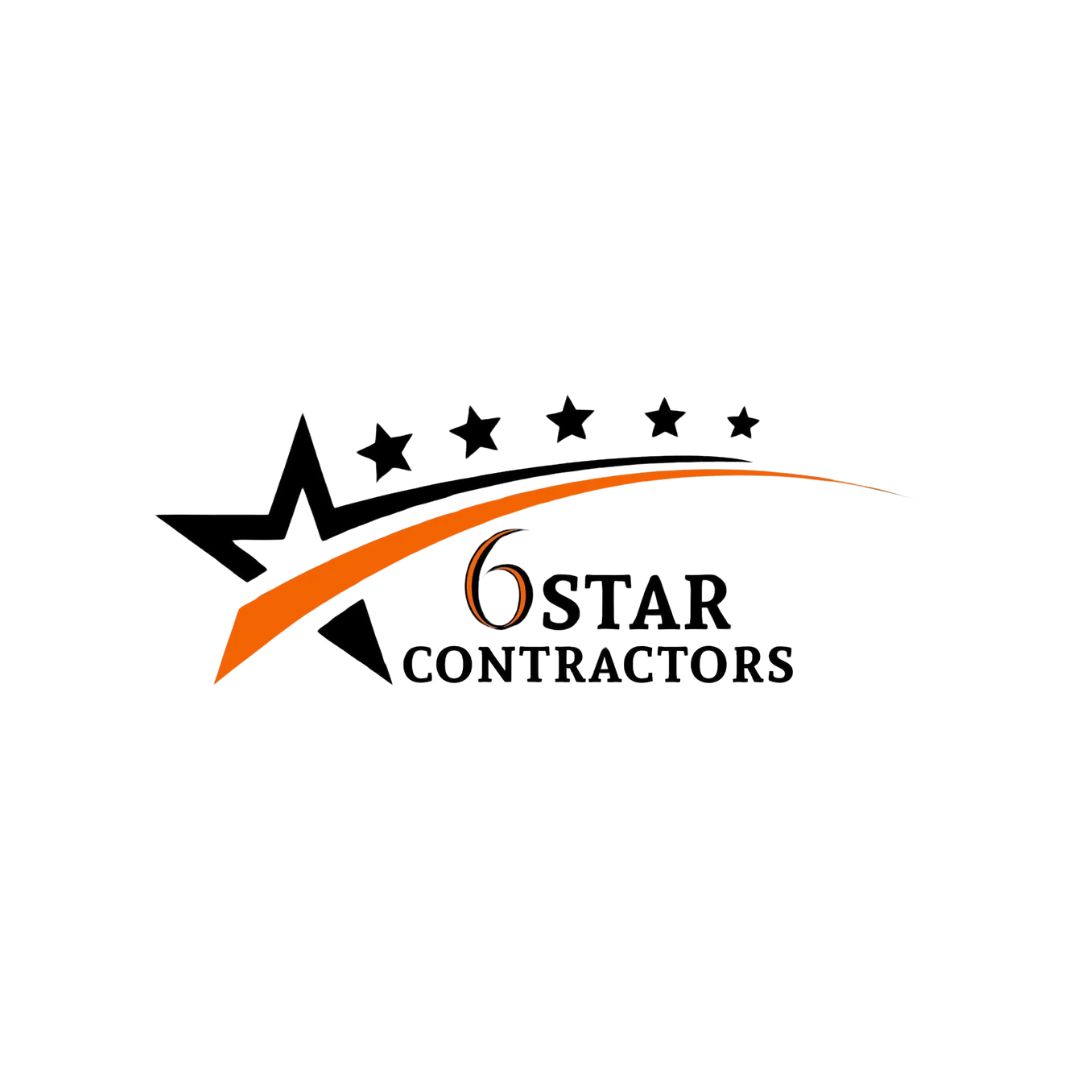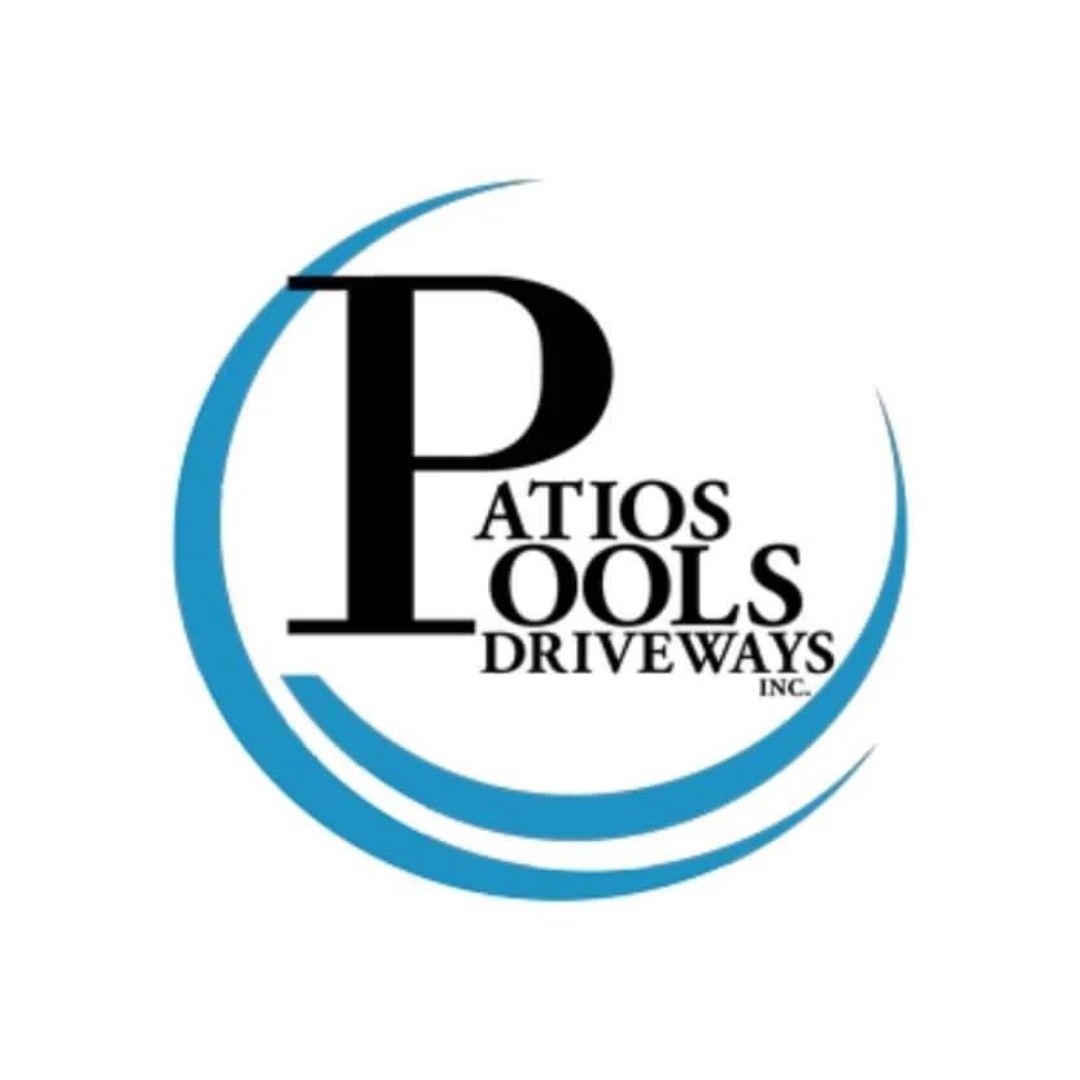- Homepage
- How Much Does a Commercial Fire Sprinkler System Cost?
How Much Does a Commercial Fire Sprinkler System Cost?
Leading provider of fire sprinkler system services.
Commercial Fire Sprinkler System Cost Calculator
A commercial fire sprinkler system typically costs between $100,000 and $231,800, translating to $2 to $7 per square foot for a 50,000 sq ft building. This total cost includes materials, labor, design, permits, and installation. Lower-end costs cover basic systems with standard components, while higher-end costs involve advanced systems with premium materials, complex designs, and additional features like monitoring and alarm integration. Factors influencing the cost per square foot include the building’s size and layout, local labor rates, and specific code requirements. Proper planning and budgeting for unforeseen expenses are essential to ensure the project stays within the estimated cost range.
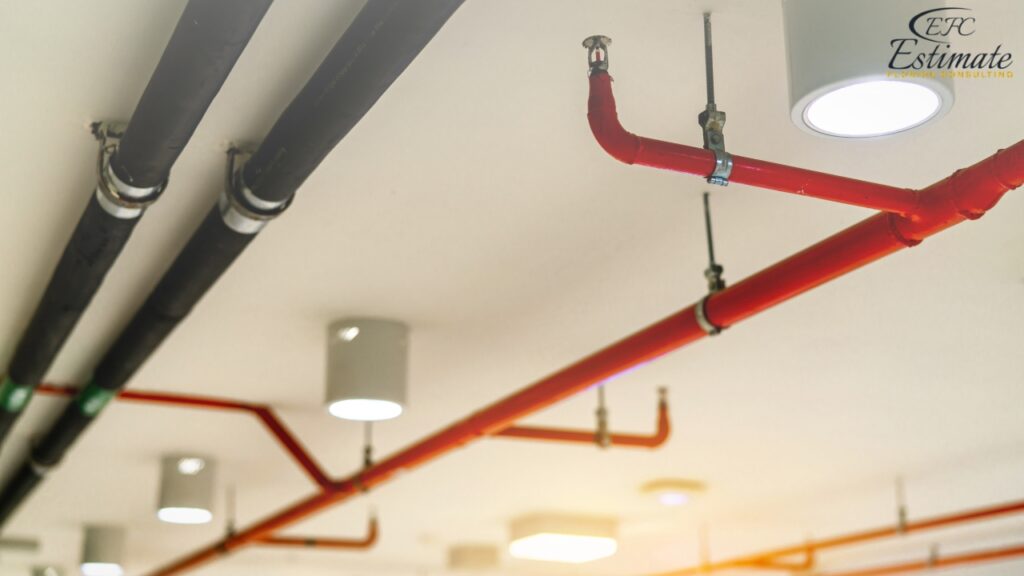
Cost Breakdown for Installing a Commercial Fire Sprinkler System
Materials
The cost of materials for a commercial fire sprinkler system can vary widely based on the type, quality, and brand of the components. Here’s a detailed breakdown of typical material costs:
Material Type | Estimated Cost per Sq Ft | Total Cost for 10,000 Sq Ft Building |
Wet Pipe Sprinkler System | $2.60 – $5.20 | $26,000 – $52,000 |
Dry Pipe Sprinkler System | $3.90 – $6.50 | $39,000 – $65,000 |
Pre-Action Sprinkler System | $4.50 – $7.80 | $45,000 – $78,000 |
Deluge Sprinkler System | $5.20 – $9.10 | $52,000 – $91,000 |
Wet Pipe Sprinkler System
Wet pipe systems are the most common and cost-effective type of fire sprinkler system. They contain water in the pipes at all times, which is released immediately when a fire is detected. Wet pipe systems are suitable for most commercial buildings and offer reliable and straightforward fire protection. Their simplicity makes them easier to maintain and less prone to malfunctions, providing a dependable solution for fire safety.
Dry Pipe Sprinkler System
Dry pipe systems are typically used in environments where the pipes are exposed to freezing temperatures. These systems contain pressurized air or nitrogen instead of water. When a fire is detected, the air is released, allowing water to flow through the pipes and out of the sprinkler heads. Dry pipe systems are more expensive due to the additional components required to maintain the pressurized air. However, they offer reliable protection in environments where wet pipes would be at risk of freezing and bursting.
Pre-Action Sprinkler System
Pre-action systems are a combination of wet and dry pipe systems and are used in environments where accidental discharge could cause significant damage, such as data centers and museums. These systems require two triggers (such as smoke and heat) to activate, reducing the risk of accidental activation. Pre-action systems offer higher protection but come at a higher cost due to their complexity. Their dual-trigger mechanism ensures that the system is only activated when absolutely necessary, minimizing the risk of water damage to sensitive or valuable assets.

Deluge Sprinkler System
- Deluge systems are used in high-hazard areas where a large volume of water is needed to control a fire, such as chemical plants and aircraft hangars. These systems have open sprinkler heads and are connected to a water supply through a deluge valve, which opens when a fire is detected, flooding the area with water. Deluge systems are the most expensive due to their extensive infrastructure and specialized components. They provide rapid and extensive coverage, essential for controlling fires in high-risk environments where the potential for explosive or highly flammable materials exists.
Labor Costs
Labor costs for installing a commercial fire sprinkler system can vary depending on the complexity of the project, the type of system, and the region. Here’s an estimate of labor costs:
Labor Task | Estimated Cost per Sq Ft | Total Cost for 10,000 Sq Ft Building |
System Design and Engineering | $0.65 – $1.30 | $6,500 – $13,000 |
Installation | $3.90 – $6.50 | $39,000 – $65,000 |
Testing and Commissioning | $0.90 – $1.60 | $9,000 – $16,000 |
System Design and Engineering
System design and engineering involve creating a detailed plan for the fire sprinkler system, including layout, hydraulic calculations, and compliance with local building codes. This stage is crucial for ensuring the system is tailored to the specific needs of the building and provides effective fire protection. Professional design ensures that the system will perform reliably and efficiently, meeting all safety standards and regulations.
Installation
Installation involves the physical setup of the sprinkler system, including mounting sprinkler heads, running pipes, and connecting the system to the water supply. This labor-intensive process requires skilled technicians to ensure the system is installed correctly and efficiently. Proper installation is critical to the performance and longevity of the fire sprinkler system, preventing leaks, blockages, and other issues that could compromise its effectiveness.
Testing and Commissioning
Testing and commissioning are essential steps to verify that the fire sprinkler system operates as intended. This process includes testing the water pressure, checking for leaks, and ensuring all components function correctly. Commissioning also involves training building staff on the operation and maintenance of the system. Thorough testing and commissioning ensure that the system is ready to respond effectively in an emergency, providing peace of mind to building owners and occupants.
Get 5 New Leads Next 7Days With Our System
- Multi-Family Building
- Hotel Building
- Hospital Building
- Warehouse Building
- High-Rise Building
- Shopping Complex
Additional Costs
Additional costs can include permits, inspections, maintenance contracts, and any custom features or finishes. Here’s an estimate of these costs:
Additional Component | Estimated Cost |
Permits and Inspections | $6,500 – $13,000 |
Maintenance Contracts | $2,600 – $6,500 per year |
Custom Features and Upgrades | $6,500 – $19,500 |
Miscellaneous Expenses | $3,900 – $7,800 |
Permits and Inspections
Obtaining the necessary permits and passing inspections are crucial steps in the fire sprinkler system installation process. These fees can vary depending on local regulations and the complexity of the project. Ensuring that all permits are obtained and inspections passed is essential for compliance with building codes and safety standards. Compliance with these regulations not only ensures legal operation but also guarantees that the system is installed to the highest safety standards.
Maintenance Contracts
Regular maintenance is essential to ensure the fire sprinkler system remains operational and effective. Maintenance contracts typically include routine inspections, testing, and repairs. These contracts can help prevent costly emergency repairs and ensure the system meets all regulatory requirements. Regular maintenance can extend the life of the system and ensure it functions correctly when needed, providing ongoing protection for the building and its occupants.
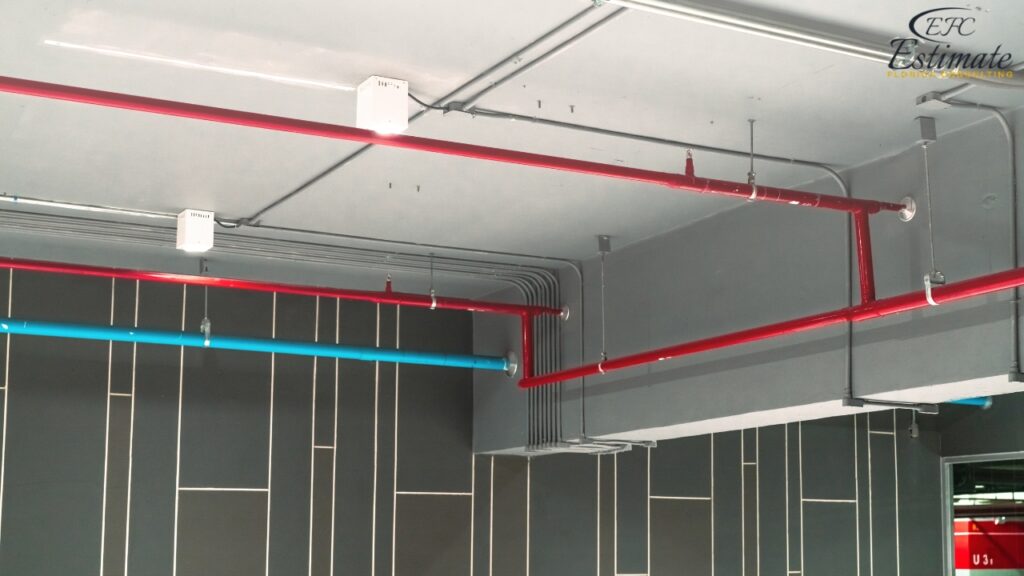
Custom Features and Upgrades
Custom features and upgrades can include specialized sprinkler heads, advanced control systems, and integration with other building safety systems. These enhancements can improve the performance and functionality of the fire sprinkler system but add to the overall cost. Investing in custom features can provide tailored solutions for unique building needs, ensuring optimal fire protection.
Miscellaneous Expenses
Miscellaneous expenses can include unexpected costs that arise during the project, such as additional materials, equipment rentals, or unforeseen repairs. Having a contingency budget for these expenses helps ensure the project stays on track and can handle any surprises without significant delays or cost overruns. Properly managing these costs can prevent disruptions and ensure the smooth completion of the project.
Cost Comparison by Fire Sprinkler System Type
Here’s a comparison of the total estimated costs for installing different types of fire sprinkler systems in a 10,000 square foot building:
System Type | Total Material Cost | Total Labor Cost | Additional Costs | Total Cost |
Wet Pipe Sprinkler System | $26,000 – $52,000 | $54,500 – $94,000 | $19,500 – $46,800 | $100,000 – $192,800 |
Dry Pipe Sprinkler System | $39,000 – $65,000 | $54,500 – $94,000 | $19,500 – $46,800 | $113,000 – $205,800 |
Pre-Action Sprinkler System | $45,000 – $78,000 | $54,500 – $94,000 | $19,500 – $46,800 | $119,000 – $218,800 |
Deluge Sprinkler System | $52,000 – $91,000 | $54,500 – $94,000 | $19,500 – $46,800 | $126,000 – $231,800 |
Cost by Building Size
The size of your building significantly impacts the overall cost of installing a fire sprinkler system. Here’s a cost breakdown for different building sizes using a wet pipe sprinkler system as an example:
Building Size (Sq Ft) | Total Material Cost | Total Labor Cost | Additional Costs | Total Cost |
5,000 | $13,000 – $26,000 | $27,250 – $47,000 | $9,750 – $23,400 | $50,000 – $96,400 |
10,000 | $26,000 – $52,000 | $54,500 – $94,000 | $19,500 – $46,800 | $100,000 – $192,800 |
20,000 | $52,000 – $104,000 | $109,000 – $188,000 | $39,000 – $93,600 | $200,000 – $386,600 |
50,000 | $130,000 – $260,000 | $272,500 – $470,000 | $97,500 – $234,000 | $500,000 – $964,000 |
Factors Influencing Fire Sprinkler System Costs
Building Type and Use
The type of building and its use can significantly influence the cost of installing a fire sprinkler system. For example, a high-rise office building will have different requirements and costs compared to a single-story warehouse. The fire risk associated with the building’s use, such as storage of flammable materials or high-occupancy areas, will also affect the type and complexity of the sprinkler system needed.
Local Building Codes and Regulations
Local building codes and fire safety regulations can impact the cost of installing a fire sprinkler system. Some areas may have more stringent requirements, necessitating additional components or higher installation standards. It’s important to consult with local authorities and ensure your system complies with all relevant regulations to avoid fines or legal issues.
System Complexity
The complexity of the fire sprinkler system, including the type of sprinkler heads, piping layout, and control systems, can affect the overall cost. More complex systems, such as those with multiple zones or integrated fire alarm systems, will require more materials and labor, increasing the total cost. Custom features, such as specialized sprinkler heads or advanced control panels, can also add to the complexity and cost of the system.
Water Supply and Pressure Requirements
The availability and pressure of the building’s water supply can influence the cost of installing a fire sprinkler system. Buildings with inadequate water pressure may require additional equipment, such as booster pumps or water storage tanks, to ensure the system operates effectively. Upgrading the water supply infrastructure can add significant costs to the project.
Retrofit vs. New Construction
Installing a fire sprinkler system in an existing building (retrofit) can be more expensive than installing one in new construction. Retrofitting involves additional challenges, such as accessing existing structures, rerouting utilities, and minimizing disruption to building occupants. These factors can increase labor costs and extend the installation timeline.
Benefits of Installing a Fire Sprinkler System
Enhanced Safety
Fire sprinkler systems significantly enhance the safety of building occupants by automatically detecting and controlling fires, allowing people more time to evacuate. This increased safety can be crucial in reducing injuries and fatalities during a fire emergency. The rapid response of fire sprinkler systems can also minimize the spread of flames, reducing the risk to firefighters and emergency responders. Furthermore, having a fire sprinkler system can provide peace of mind, knowing that there is a reliable system in place to protect lives in the event of a fire.
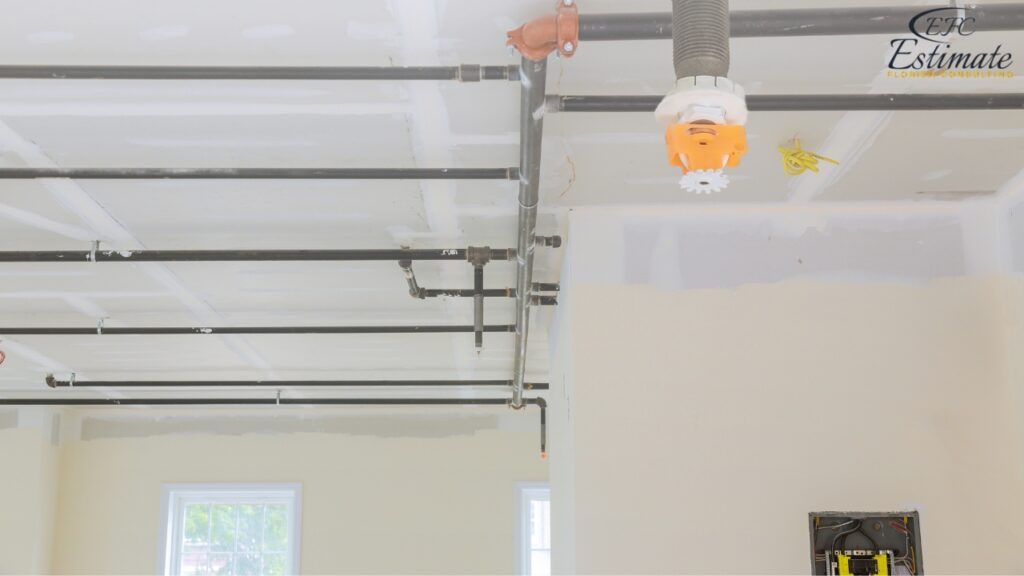
Property Protection
By controlling or extinguishing fires quickly, sprinkler systems can help protect your property and valuable assets from extensive fire damage. This can lead to substantial savings in repair and replacement costs, as well as minimize business downtime. Effective fire suppression can prevent the complete loss of critical equipment, inventory, and data, ensuring business continuity. Moreover, the presence of a fire sprinkler system can mitigate secondary damage caused by smoke and water, preserving the integrity of your building and its contents.
Insurance Benefits
Many insurance companies offer lower premiums for buildings equipped with fire sprinkler systems, as they reduce the risk of significant fire damage. These insurance savings can help offset the initial installation costs over time. Additionally, having a sprinkler system can make your property more attractive to insurers, potentially leading to more favorable policy terms and conditions. This financial benefit can provide a significant return on investment, making the decision to install a fire sprinkler system economically advantageous in the long run.
Compliance with Regulations
Installing a fire sprinkler system ensures compliance with local building codes and fire safety regulations. This compliance is essential for obtaining occupancy permits and avoiding fines or legal issues. Adhering to fire safety standards demonstrates your commitment to protecting occupants and property, enhancing your building’s reputation and credibility. Staying compliant with regulations also means your building will pass regular inspections, maintaining its certification and operational status without interruptions.
Increased Property Value
Buildings equipped with modern fire sprinkler systems may have higher property values due to the enhanced safety and reduced risk of fire damage. This increased value can be beneficial if you decide to sell or lease your property in the future. Prospective buyers and tenants often prioritize properties with robust fire protection measures, making your building more appealing in a competitive market. The presence of a fire sprinkler system can also lead to higher rental income, as tenants are willing to pay a premium for safety and security.
Cost-Saving Tips
Here are some tips to help you save on fire sprinkler system costs:
Obtain Multiple Quotes
Getting multiple quotes from different contractors can help you find the best price for your project. Be sure to compare not only the overall cost but also the scope of work and the quality of materials being offered. This approach can also help you negotiate better terms and identify the most reliable contractors.
Plan for Off-Season Installation
Scheduling your fire sprinkler system installation during the off-season can sometimes result in lower labor costs. Contractors may offer discounts during slower periods to keep their crews busy. Off-season installation can also lead to quicker project completion, as contractors typically have more availability.
Choose Cost-Effective Materials
While high-end materials offer many benefits, choosing more affordable options for certain components can help reduce costs. Consider your budget and the long-term maintenance requirements when selecting materials. Opting for cost-effective materials doesn’t mean compromising on quality, as many affordable options still provide excellent durability and performance.
Do Some Work Yourself
If you have the skills and time, doing some of the preliminary work, such as clearing the installation area or preparing the site, can help reduce labor costs. However, be sure to leave the actual system installation to the professionals to ensure it is done correctly.
Download Template For Fire Safety Project Breakdown
- Materials list updated to the zip code
- Fast delivery
- Data base of general contractors and sub-contractors
- Local estimators

Conclusion
Installing a commercial fire sprinkler system is a significant investment that can greatly enhance the safety, property protection, and regulatory compliance of your building. Understanding the various costs involved, including materials, labor, and additional expenses, can help you plan your project effectively and ensure it stays within budget. By considering the benefits of different sprinkler system options and the associated costs, building owners can make informed decisions that best suit their needs and preferences. Proper planning and budgeting can help avoid unexpected expenses and ensure a successful installation. Investing in high-quality materials and skilled labor will result in a reliable, effective fire sprinkler system that provides peace of mind and enhanced safety for your commercial property.
FAQs
The cost to install a commercial fire sprinkler system typically ranges from $100,000 to $231,800, translating to $2 to $7 per square foot for a 50,000 sq ft building. This includes materials, labor, design, permits, and installation.
Factors include the building’s size and layout, local labor rates, specific code requirements, and whether the system involves basic or advanced components like monitoring and alarm integration.
The cost includes materials, labor, design, permits, and additional costs such as system testing and commissioning, maintenance contracts, and custom features.
High-rise office buildings, warehouses, and buildings storing flammable materials will have different requirements and costs due to varying fire risks and system complexities.
Local codes and regulations can dictate additional components or higher installation standards, affecting overall costs. Compliance ensures legal operation and safety standards are met.
Retrofitting an existing building is generally more expensive due to additional challenges like accessing existing structures and rerouting utilities, which increase labor costs and installation time.
Comprehensive Trade-Specific Estimates
At Estimate Florida Consulting, we offer detailed cost estimates across all major trades, ensuring no part of your project is overlooked. From the foundation to the finishing touches, our trade-specific estimates provide you with a complete and accurate breakdown of costs for any type of construction project.
Our Simple Process to Get Your Estimate
Upload Plans
Submit your project plans, blueprints, or relevant documents through our online form or via email.
Receive Quotation
We’ll review your project details and send you a quote based on your scope and requirements.
Confirmation
Confirm the details and finalize any adjustments to ensure the estimate meets your project needs.
Get Estimate
Receive your detailed, trade-specific estimate within 1-2 business days, ready for your project execution.



Our Clients & Partners
We pride ourselves on building strong, lasting relationships with our clients and partners across the construction industry.
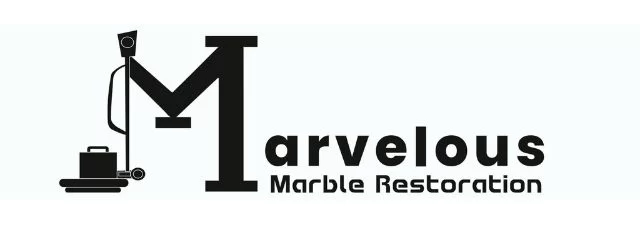
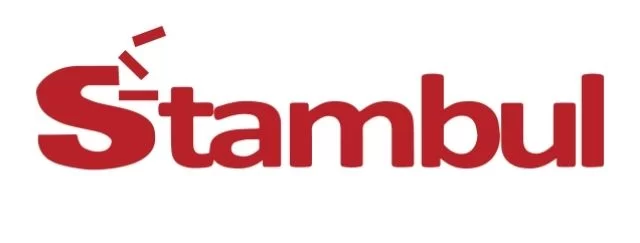
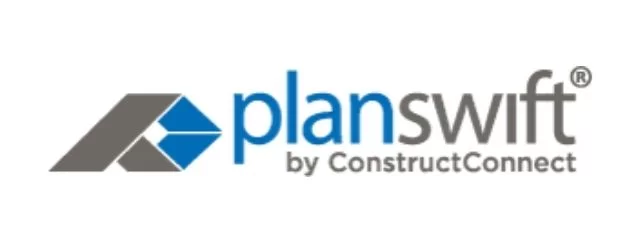
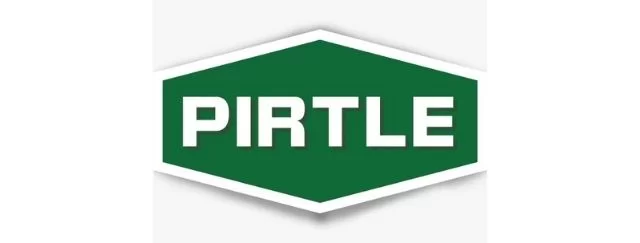

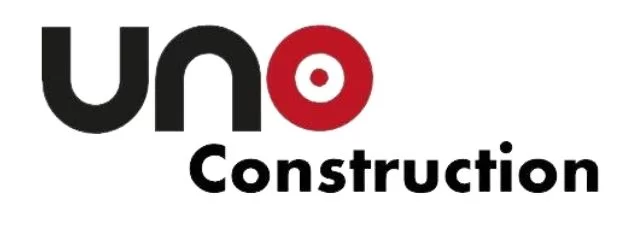
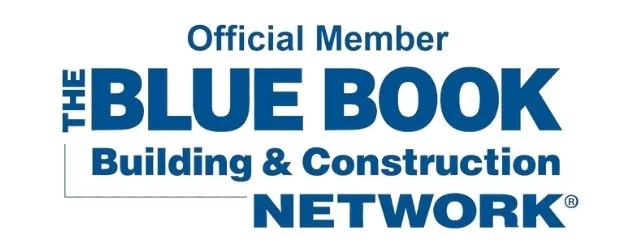
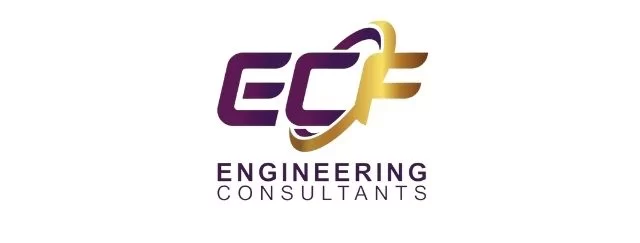
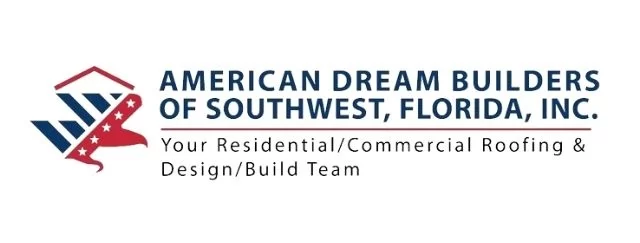
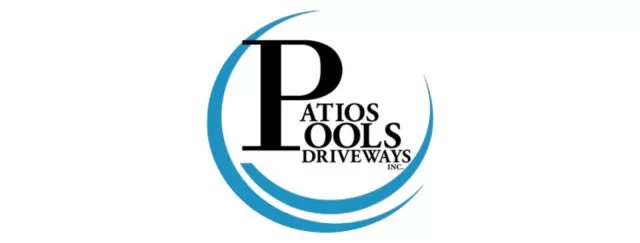

What Our Clients Say?
We take pride in delivering accurate, timely, and reliable estimates that help contractors and builders win more projects. Our clients consistently praise our attention to detail, fast turnaround times, and the positive impact our estimates have on their businesses.
Estimate Florida Consulting has helped us win more bids with their fast and accurate estimates. We trust them for every project!
